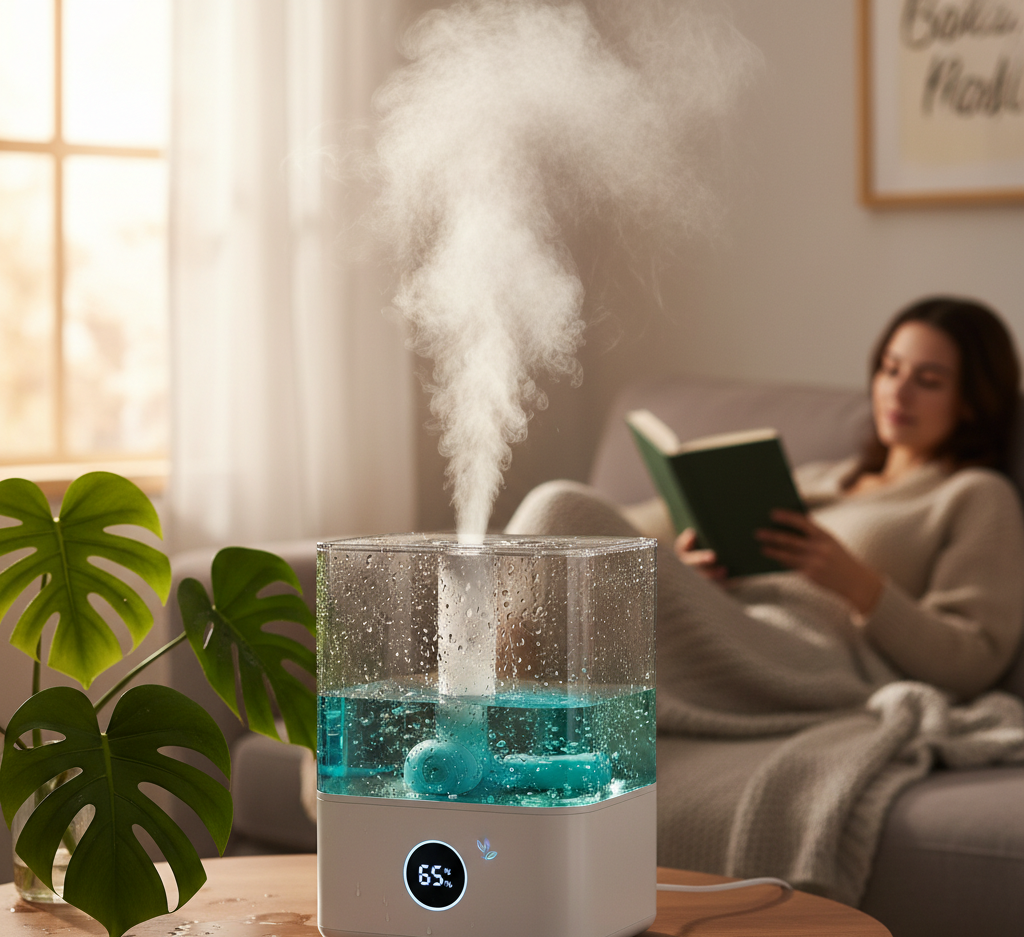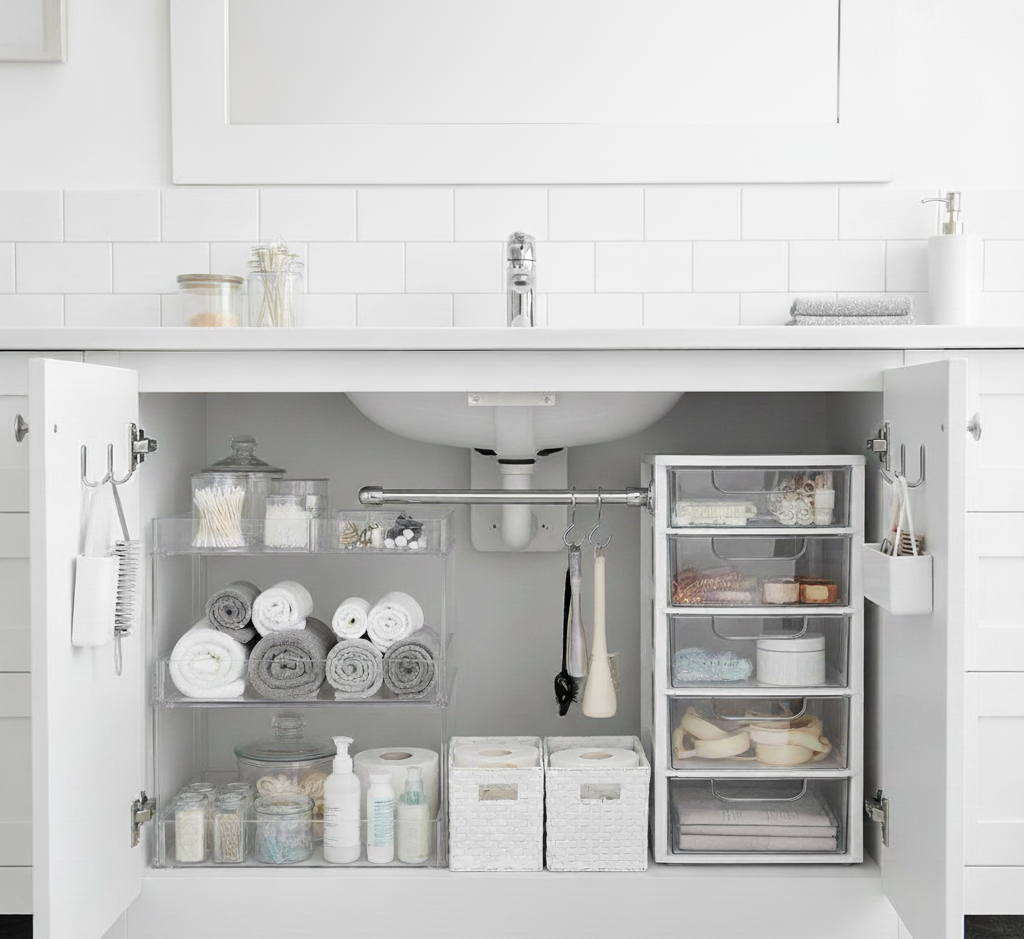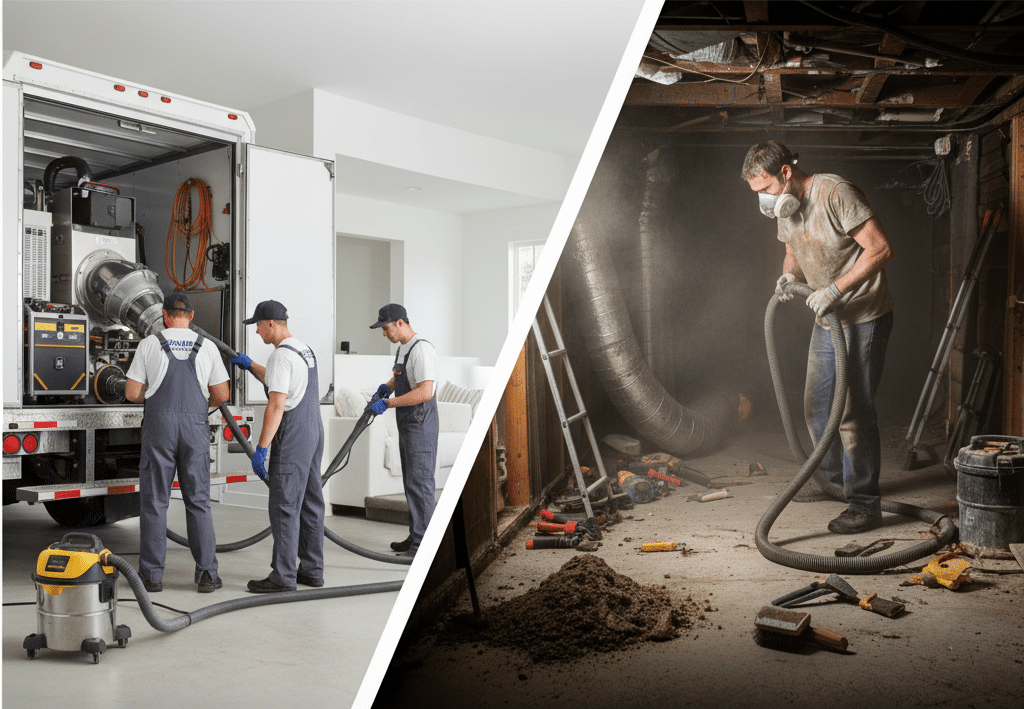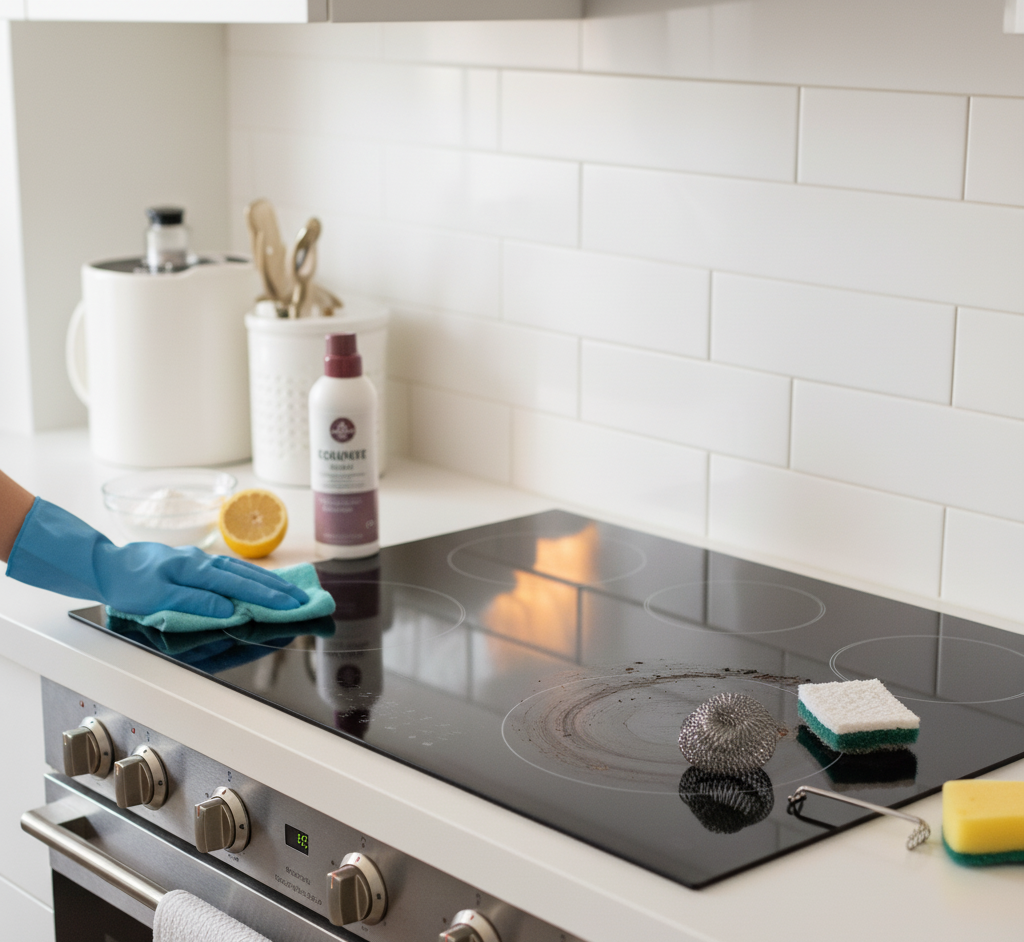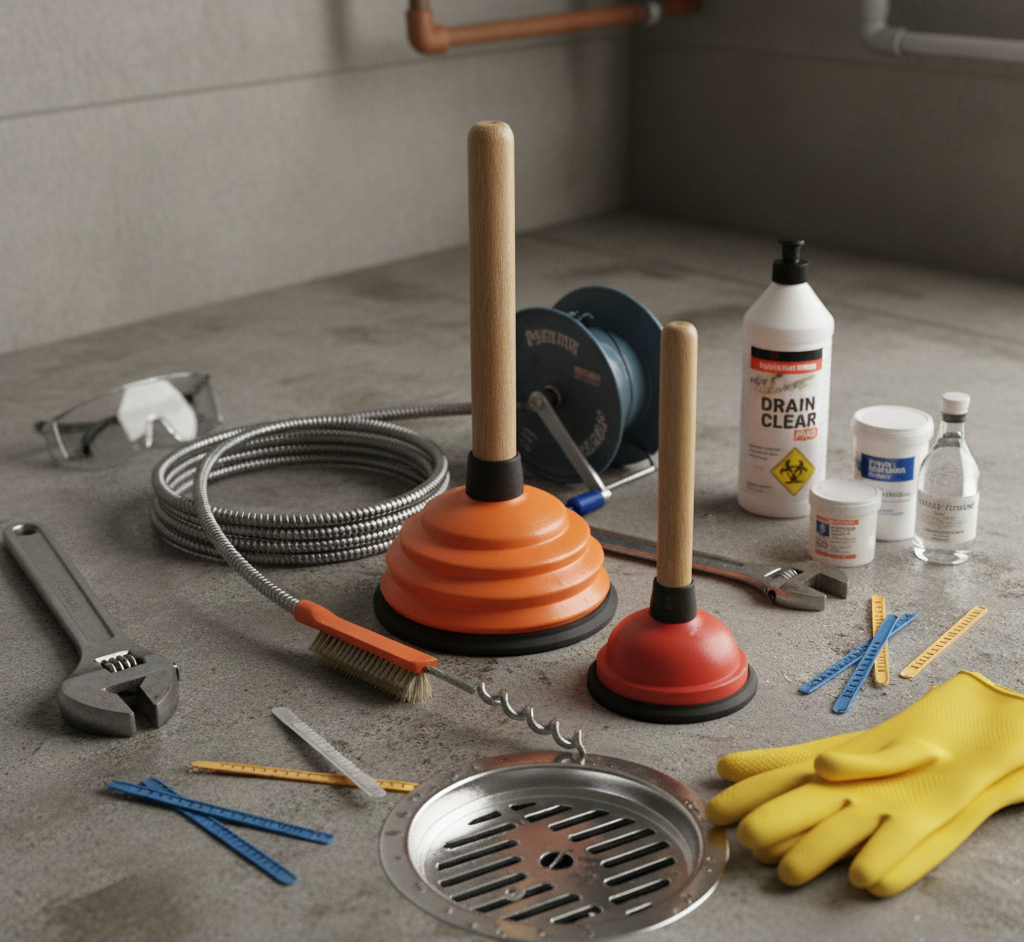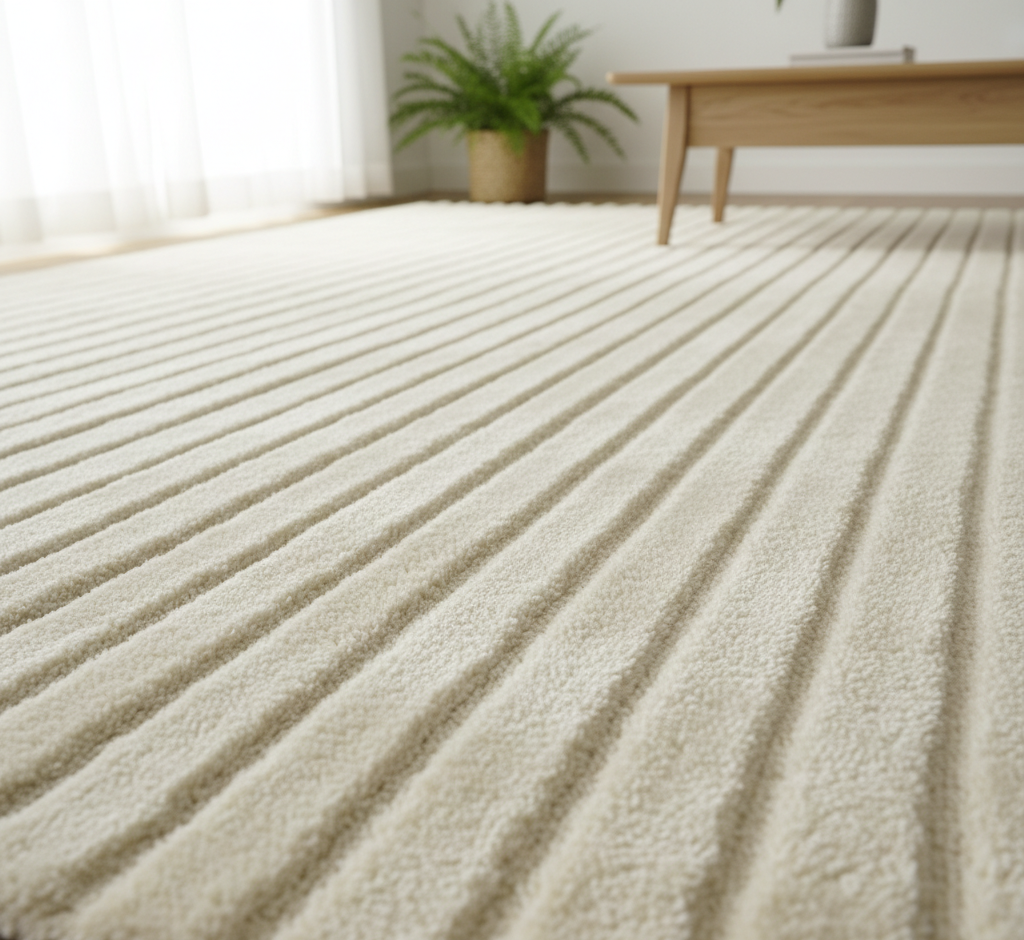Halloween Cleaning: The Secret to a Stress-Free Halloween? A Pre-Holiday Clean.
October arrives with Halloween, a distinct change in the air, a freshness that signals a change in seasons and a turn toward festive preparations. For many, this means a flurry of activity centered around one of the year’s most anticipated celebrations: Halloween. The focus naturally falls on costumes, candy, and decorations, on carving pumpkins and creating a perfectly spooky ambiance. But beneath all this excitement lies a foundational step that is often overlooked in the rush, a preparatory ritual that is not just about tidiness, but about safety, functionality, and creating the perfect canvas for the holiday. This is the pre-Halloween cleaning, a comprehensive effort that readies your home for the ghosts, goblins, and guests to come. The Walkway of Your House This is not a typical weekly clean. It is a targeted, purposeful project that addresses your home from the outside in. The primary focus must begin where the Halloween experience itself begins: the exterior of your home. Your walkway, porch, and front door will be the stage for the entire evening’s events, the first and most important point of contact for every trick-or-treater who visits. Its condition sets the tone for the night and, more importantly, ensures the safety of your guests. Start with the path leading to your door. In October, this walkway is likely covered in a slick carpet of fallen leaves, twigs, and other natural debris. When damp, these leaves create a significant slipping hazard, especially for small children in bulky costumes who are excitedly running from house to house in the dark. The first and most critical task is to perform a thorough sweep. Clear the entire walkway, from the sidewalk to your front steps, of all leaves and debris. Follow this with a quick but powerful spray from a garden hose to wash away any residual mud or grime. This single act immediately makes your home safer and more welcoming. Once the path is clear, your attention must turn to the porch or stoop itself. This is the main stage, and it needs to be cleared for action. Remove any lingering summer items—empty planters, forgotten garden tools, or worn-out summer mats. Give the entire surface a comprehensive sweep, paying close attention to the corners where dust and spiderwebs accumulate. While some might consider real spiderwebs to be thematic, they often just look dirty and neglected, detracting from the intentional, spooky atmosphere you plan to create with carefully placed fake webbing. Remove the real ones to make way for the decorative ones. The Front Door With the porch floor clear, focus on the vertical surfaces. The front door will be the centerpiece of the evening. Give it a thorough wipe-down with a damp cloth and a simple solution of warm water and a few drops of dish soap. Clean off the fingerprints, smudges, and accumulated dust from the late summer months. A clean door provides a much better backdrop for a festive wreath or any other decorations you plan to hang. While you are there, wipe down the door handle and any hardware. Next, address the windows that flank your entryway. These windows are prime real estate for spooky silhouettes, window clings, or dramatic lighting effects. They will have a much greater impact if the glass is clean and free of streaks and grime. A simple solution of equal parts white vinegar and water in a spray bottle, wiped away with a squeegee or a clean microfiber cloth, will ensure your ghouls and ghosts are seen in perfect, terrifying clarity. Do not neglect the details of the porch. Wipe down railings and handrails, not just for appearance, but because they will be used by parents and children navigating your steps in the dark. Look up and address the exterior light fixtures. These lights are essential for both safety and atmosphere on Halloween night. A thick layer of dust and dead insects can significantly dim their glow. A careful wipe-down of the glass or plastic covers will ensure they shine as brightly as possible, illuminating the path and highlighting your best decorations. This is also a good time to check that the bulbs are working, replacing them if necessary. Inside the House With the exterior prepared, the focus shifts inward, beginning with the area that will bear the brunt of the evening’s traffic: the entryway. This space acts as an airlock between the autumn chill and the warmth of your home, and on Halloween night, it will see a constant stream of opening and closing doors. It is the buffer zone that helps to contain the dirt and leaves that will inevitably be tracked in. First, clear any clutter. Shoes, bags, and mail that have accumulated by the door should be put away to create a clear, wide path. A cluttered entryway is a tripping hazard, especially for a group of excited children. The floor in this area is the most important surface. Remove your doormat and give it a thorough cleaning. If it is a durable outdoor-style mat, take it outside, scrub it with soap and water, and let it dry completely. If it is an indoor mat, a vigorous vacuuming should suffice. Clean the floor underneath the mat, a spot that often traps a surprising amount of grit. This is the perfect time to place a heavy-duty boot tray by the door. While you may not see snow yet in October, it is the beginning of the wet season, and a boot tray provides a designated, contained space for wet or muddy footwear for the months ahead. Entryway From the entryway, move to the main living areas, the rooms that are visible from the front door. A pre-Halloween clean in these spaces is about creating a clean, dust-free environment before you begin adding the clutter of decorations. A thorough dusting of all surfaces is essential. Dust the mantelpiece where you might place a spooky candelabra, the bookshelves that might soon be draped in cobwebs, and the coffee and end tables that will
Halloween Cleaning: The Secret to a Stress-Free Halloween? A Pre-Holiday Clean. Read More »

